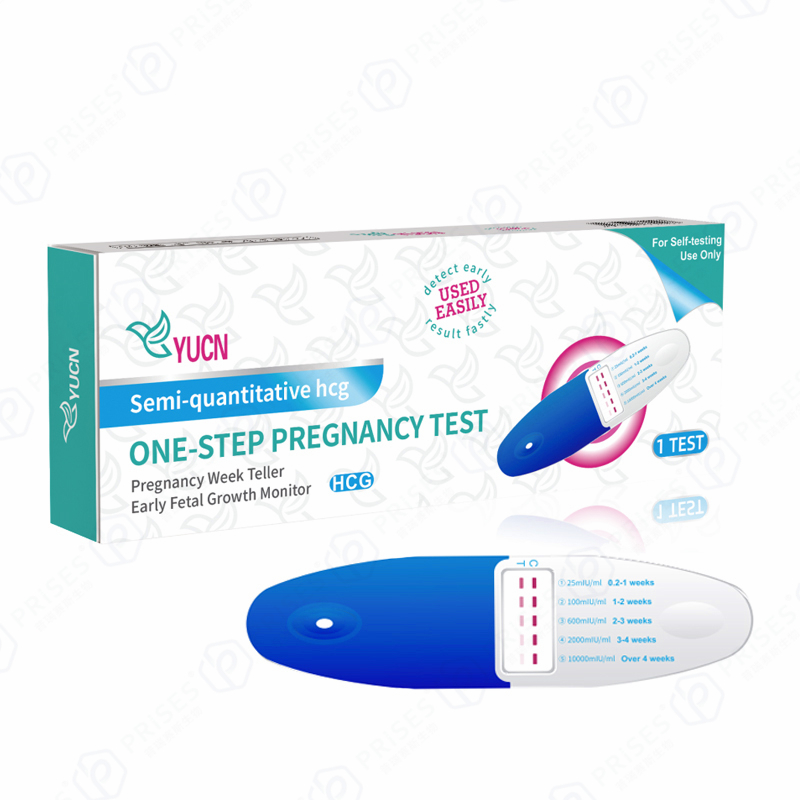Aug . 17, 2024 08:43 Back to list
Rapid Diagnostic Tests for Malaria Detection and Management in Healthcare Settings
Rapid Diagnostic Tests for Malaria A Critical Tool in Disease Management
Malaria remains one of the most formidable public health challenges worldwide, causing significant morbidity and mortality, particularly in sub-Saharan Africa. Effective diagnosis is crucial for controlling and treating this disease, and the development of Rapid Diagnostic Tests (RDTs) has revolutionized the approach to malaria diagnosis in various settings. These tests offer numerous advantages, enhancing the likelihood of timely and accurate diagnosis, which is essential for effective treatment and prevention of complications.
Understanding Malaria and the Need for Rapid Diagnosis
Malaria is caused by Plasmodium parasites and is transmitted through the bites of infected Anopheles mosquitoes. The clinical manifestations of malaria can vary significantly, with symptoms such as fever, chills, and flu-like illness. Given this range of symptoms, clinical diagnosis alone can be misleading, particularly in regions where malaria coexists with other febrile illnesses. Traditionally, microscopy has been the gold standard for malaria diagnosis; however, it is time-consuming and requires skilled personnel and laboratory equipment, which may not be available in remote or resource-limited settings.
The Development of Rapid Diagnostic Tests
RDTs were developed to address the limitations of traditional diagnostic methods. These tests typically rely on the detection of specific malaria antigens (such as Histidine-rich protein 2 - HRP2) in a finger-prick blood sample, providing results within minutes. The majority of RDTs are designed to detect both Plasmodium falciparum (the most deadly malaria species) and non-falciparum species, thereby allowing for accurate identification.
The simplicity and speed of RDTs make them ideally suited for use in the field, where trained laboratory personnel may not be available. Additionally, these tests do not require electricity or complicated laboratory processes, making them accessible for healthcare providers in rural and under-resourced settings.
Advantages of RDTs
rapid diagnostic test malaria

1. Timeliness RDTs provide results in as little as 15-20 minutes, enabling clinicians to initiate treatment promptly. Timely diagnosis is critical since delays in treatment can lead to severe complications or even death.
2. User-Friendly RDTs can be administered by a variety of health workers, including community health workers, thus expanding the reach of malaria diagnostics. This democratization of testing helps bridge the gap in healthcare access, especially in rural areas.
3. Improved Case Management With accurate diagnosis through RDTs, unnecessary use of antimalarial medications can be reduced. This is crucial in combatting drug resistance and ensuring better management of malaria cases.
4. Surveillance and Monitoring RDTs can also serve as valuable tools for surveillance and monitoring efforts, providing data on malaria prevalence and assisting in planning intervention strategies.
Challenges and Limitations
Despite their numerous advantages, RDTs are not without challenges. False positives can occur, especially in regions where non-falciparum malaria is endemic. Furthermore, RDTs may not detect low-density infections or recent infections, leading to potential underdiagnosis. Continuous training and quality control are necessary to ensure the reliability of RDTs.
Conclusion
Rapid Diagnostic Tests are a game-changer in the battle against malaria, especially in regions burdened by this disease. Their ability to provide fast, accurate, and user-friendly testing significantly enhances the capacity for timely diagnosis and treatment. However, to maximize their impact, it is essential that ongoing efforts are made in training healthcare providers, ensuring quality control, and integrating RDTs into comprehensive malaria control strategies. As efforts to eliminate malaria continue, RDTs will play a pivotal role in ensuring that this goal is achieved efficiently and effectively.
-
Accurate Benzodiazepines (BZO) Rapid Test Kits | Fast Results
NewsAug.27,2025
-
Trusted Early Pregnancy Test Kit Supplier | Accurate, Fast Results
NewsAug.26,2025
-
China Sterile Nylon Flocked Throat Swabs: Superior Sample Collection
NewsAug.25,2025
-
COVID-19 Rapid Antigen Test Kit: Accurate & Fast Home Results
NewsAug.24,2025
-
Premium Cassette Lateral Flow Devices for Rapid Diagnostics
NewsAug.23,2025
-
Pregnancy Test Calculator: Know Your Weeks, Week by Week
NewsAug.22,2025

